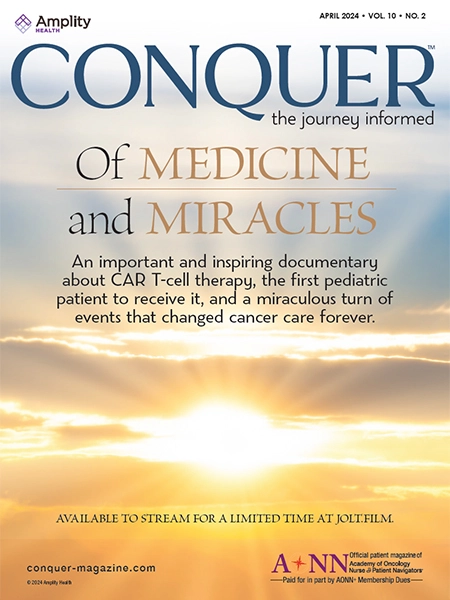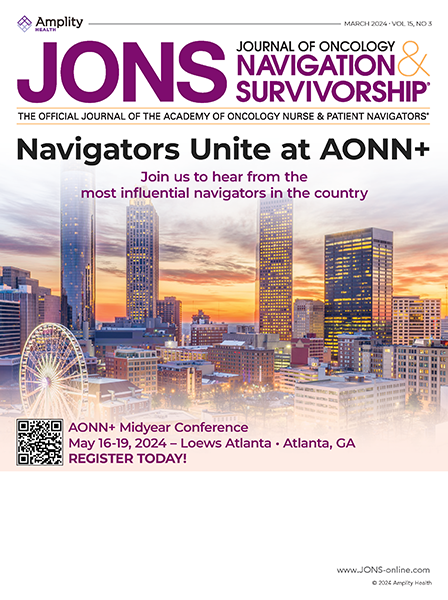Articles & White Papers
The Role of Oncology Nurse Navigators in Supporting Patients with Advanced Metastatic Cancer
Although the majority of patients diagnosed with cancer survive their disease and its treatment, there are certainly those who do not. Some specific types of cancer carry a high rate of mortality, such as pancreatic cancer. Oncology nurse navigators are more commonly seen as a member of a multidisciplinary team among those who care for patients who survive.
Cancer Survivorship Training, Inc.
With the expanding role of navigation across the cancer control continuum, standardization of education and a certificate of competency are essential. The current landscape includes high-quality education through in-person didactic and online learning that may provide the navigator with increased competency, continuing education units (CEUs), access to consensus-recommended best practices, and limited evidence-based guidelines.
Communicating Evidence-Based Research Results to Patients with Cancer
As part of our responsibility as navigators, we are expected to not just know the standards of care but also remain up to date on cutting-edge research that has recently been published. We are also confronted with patients or their loved ones who have spent hours on the Internet visiting many websites—some credible academic websites and others bogus websites that may look credible but aren’t—and they assume that any new research found on the Internet related to the type of cancer they have or even in a magazine for that matter is valid and is suddenly the new standard of care.
How Young Is Too Young to Begin Promoting Cancer Prevention?
We all do a lot of community outreach in our own geographic area. Commonly, the focus is on cancers that are preventable or can be effectively treated through early detection. Breast, colorectal, melanoma, and lungs cancers are good examples. With the new human papilloma virus (HPV) vaccine available to prevent cervical cancer among young women, we have an opportunity to push the envelope a bit and consider jump-starting education about overall cancer affecting young people.
Navigation Programs for Nursing Education
I am often asked what navigation training certification is best for facilities to have their nurses attend so they can be certified as nurse navigators. My reply leads in with an explanation that there are no set required competencies or standards for nurse navigator training, and there is no certification to declare a “certified nurse navigator.”
Incorporating Life Goals into Treatment Planning and Treatment Goals
Commonly, when someone hears the words “you have cancer,” their mind can focus on nothing else. The world promptly begins to spin out of control. They are no longer thinking about what was on their to-do list today, or this week, or this month for that matter.
Not Just Summer Reading
Literacy experts agree that children need to read during the summer to maintain reading skills, improve reading confidence, and learn new words and concepts. Healthcare professionals that embrace lifelong learning use a 12-month reading program not just in the summer to apply the same principles to their education.
How Celebrities Impact Cancer Survivors’ Concerns
Cancer survivors and their loved ones have myriad methods to access information about cancer and its current treatment. Some are credible websites or books published by reputable sources. Some are websites that provide correct and up-to-date information about the disease and its treatment. Other sources, however, are also “out there,” and can end up being utilized to the potential detriment of the patient.
Oncology Family Caregivers—Who Is Taking Care of These Family Members During and Following Their Loved One’s Cancer Treatment?
It would be very unusual for a cancer patient to go through diagnosis and treatment without a loved one by their side. This loved one is usually a family member who is serving in the role of caregiver and likely has never been involved in supporting and taking care of someone with cancer before. They accompany the patient to consultations, surgery, chemo, and other treatment sessions. They are instructed by oncology providers what to do for their loved one after each of these visits and between doctors’ visits. What they aren’t provided very often is support for themselves.
Role of Nurse Navigators in the “Readmission” Arena
Healthcare continues to change with a focus on prevention and outpatient care versus the long-standing way of reactive, inpatient acute care. There continues to be a role for inpatient care in oncology, but payer sources will reward the limitation of hospital visits in the future.
Thank You to Our Corporate Sponsors and Alliance Partners!
-

Major Corporate Sponsor
-

Patron Corporate Sponsor
-

Patron Corporate Sponsor
-

Patron Corporate Sponsor
-
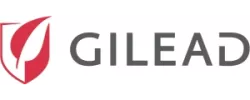
Industry Relations
Council Member -
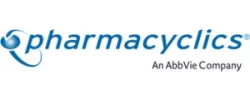
Industry Relations
Council Member -

Industry Relations
Council Member -
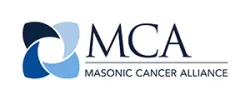
National Alliance Partner
-
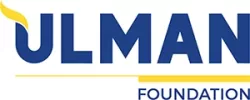
National Alliance Partner
-

National Alliance Partner
-

National Alliance Partner
Privacy Notice | Terms of Use
© 2009- DBA AONN+ Academy of Oncology Nurse & Patient Navigators® | PO Box 563, Cranbury, NJ 08512 |
AONN+ DBA AONN+ is a 501(c)(6) organization under federal tax guidelines. AONN+ Foundation for Learning, Inc. a 501(c)(3) organization under federal tax guidelines.
AONN+ Advantage, LLC, a wholly owned subsidiary of AONN+.

